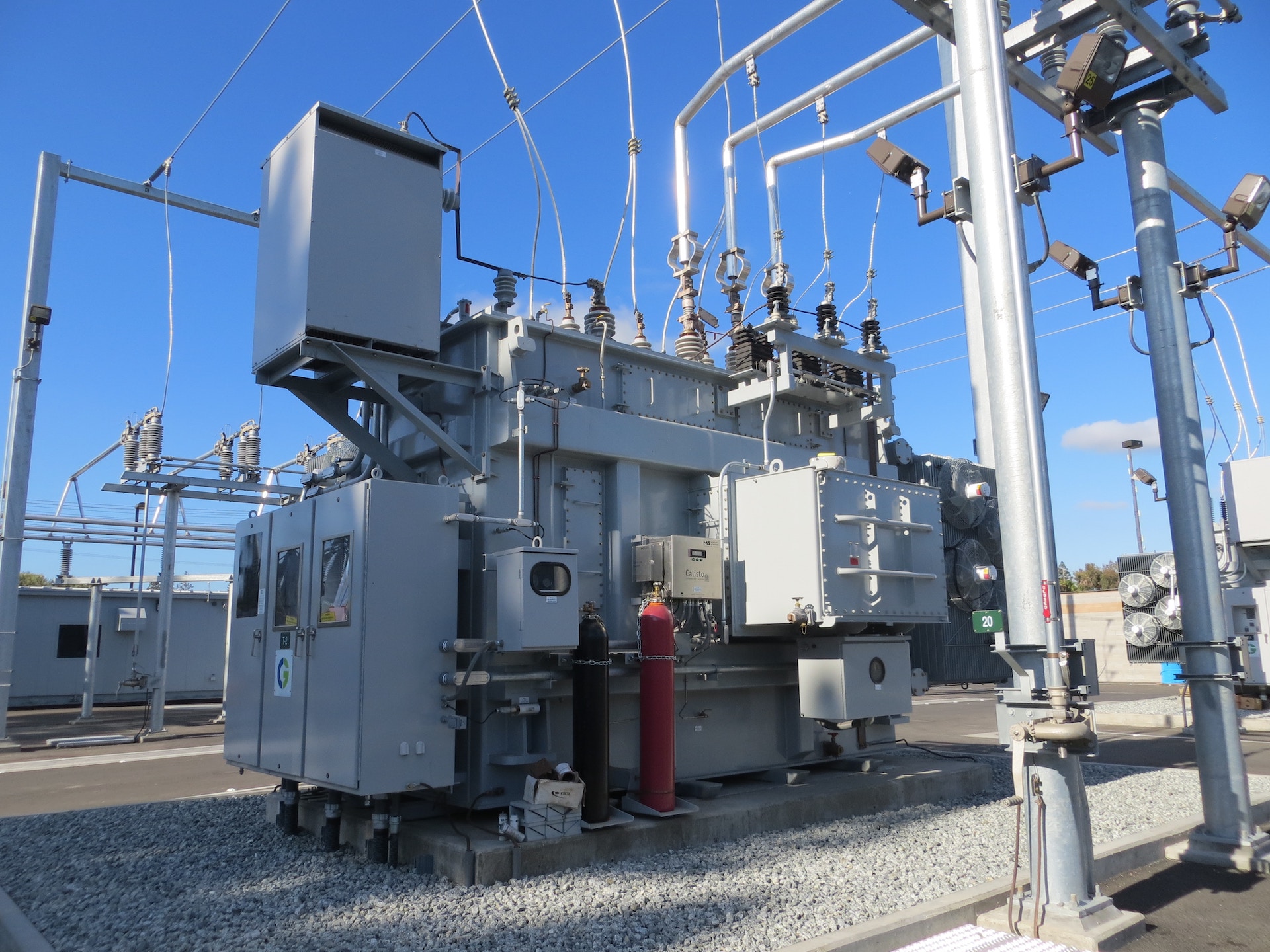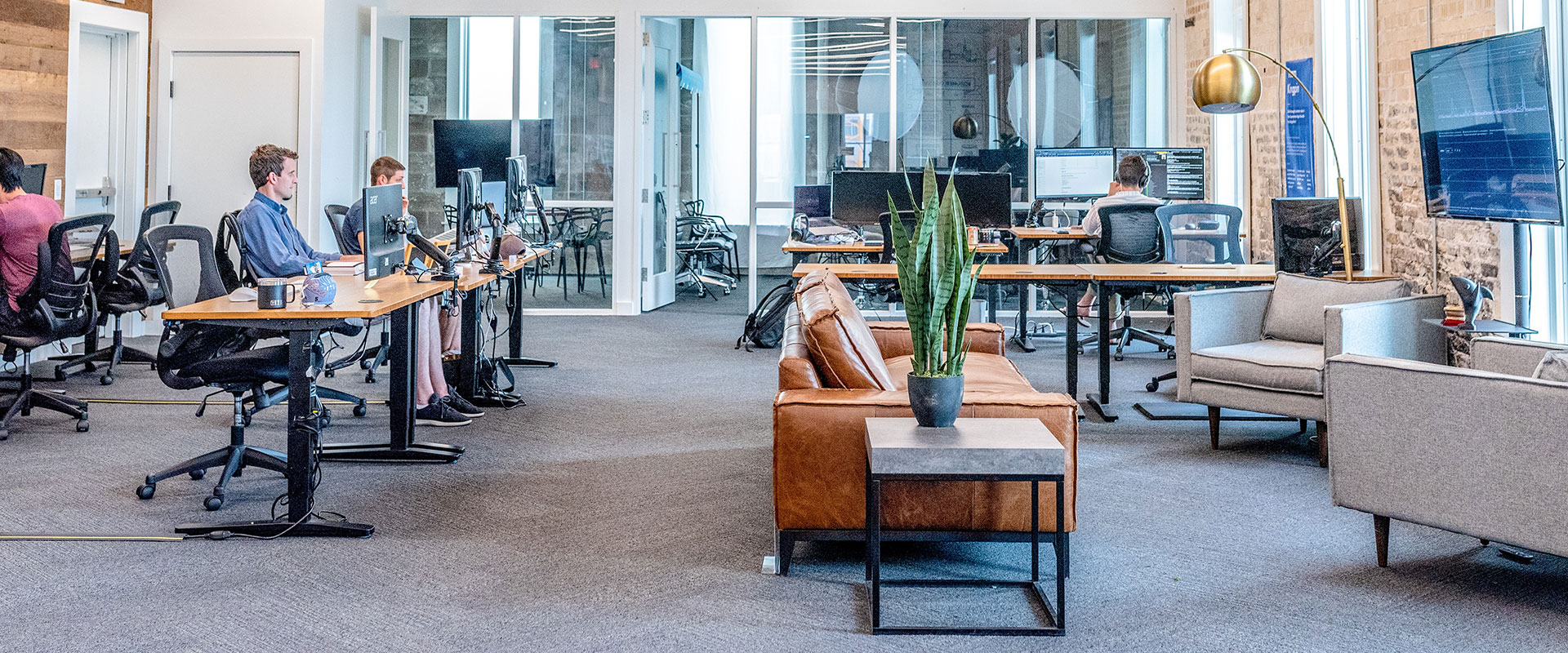The COVID-19 pandemic has made its mark on healthcare design and construction, driving the focus for more automation and more space, among other necessities. A range of trends will continue to influence healthcare design and construction not only in 2021, but well beyond.
Redefining the Healthcare Design Client
The term “healthcare client” no longer refers to just hospitals and healthcare systems. It’s grown to encompass financial investors, health plans, and independent providers as those who rely on — and use — healthcare design. Hospital systems and independent provider groups continue to form strategic partnerships to save costs and reduce duplicate services.
Private equity firms and health plans (Blue Cross Blue Shield, Humana, Optum) have acquired many single care providers which makes it easier to obtain patient panels and helps to offset large, capital costs.
Each of these clients has a stake in the future of healthcare — for profitability, yes, but also for patient and worker safety and comfort.
Divergence of Healthcare Design
Telehealth had already begun to grow as a more viable option. The pandemic accelerated its growth, as it not only provides a way for patients to seek treatment without exposure to more germs, but it may help address the inequity and high cost of healthcare access. And it’s a more cost-effective way for patients to receive low-risk urgent care.
The pandemic led many non-critical patients to opt for telehealth or clinic visits instead of utilizing emergency rooms. Many experts see that trend continuing, with only the sickest patients seeking treatment in acute settings.
More Adaptable, Flexible Spaces
The 2020 pandemic highlighted a much greater need for more space both to accommodate more patients and providers, but also to allow for more distancing among everyone. A waiting room with sections for “well visits” versus “sick visits” doesn’t always provide enough protection.
However, not all hospitals and facilities have a budget for a full interior remodel. Flexible layouts allow providers to reconfigure spaces based on need — whether it’s installing dividers or other structures.
As “adaptability” remains a buzzword in healthcare design, experts agree that multipurpose elements and spaces will support and facilitate different treatment and space needs. Those designs will likely include:
- Shell rooms
- Prefabricated walls
- Mobile workstations
Where possible, some buildings have incorporated additional entries to support a one-way traffic flow and cut down on disease transmission.
Touchless Everything & More Automation
While a touchless approach is nothing new, the pandemic has accelerated touchless innovations. This technology reduces the risk of germs spreading throughout a facility.
Hospitals, clinics, and urgent care facilities will continue to incorporate touchless faucets, hand sanitizer dispensers, doors, displays and signage, ER displays, and kiosks.
No touch tech for sterilization has also expanded, including these techniques, which offer strong microbicidal activity against a range of pathogens:
- Germicidal UV light that hits direct line of sight areas
- Hydrogen peroxide misting, an aerosolizing dry mist (or vapor) of hydrogen peroxide that can decontaminate an entire room
According to ASHE’s Best Practice Guide to Help Health Care Organizations Create Safe, Healing Environments, “Multiple studies have proven the efficacy of these no-touch room decontamination systems and suggest that they may be more reliable in reducing transmission of healthcare-associated infections.”
Cleaner and Better Circulated Air
Heating, ventilation, and air conditioning (HVAC) systems play a vital role in healthcare. Unfortunately, they can also help circulate airborne diseases. Building engineers can implement various strategies to improve the performance of air-handling units to better protect patients and healthcare workers.
Operating room supply diffuser arrays and airflows should provide optimal airflow over the surgical site to decrease the risk of introducing airborne particles into the sterile field.
Renewed Importance of Staff Work & Respite Areas
Designers and architects anticipate a greater investment in more spacious waiting rooms to allow for appropriate social distancing, even when we aren’t in a pandemic. While design efforts tend to focus more on patient areas, the healthcare organizations have recognized the critical importance of evaluating and upgrading staff areas as well.
Conversations between healthcare clients and design and architecture partners are evolving to include planning to incorporate appealing, inviting work areas, more spacious conference rooms, and respite spaces/ break areas. The focus has shifted to look at what each healthcare professional needs to be productive and creating the space and equipment that delivers.
Nurse’s hubs continue to incorporate collaborative spaces, areas for individual work, and quiet sections for making phone calls. Outpatient clinics continue to see centralized collaboration spaces and alcoves that support small group meetings.
In the past, soft spaces like break areas had been value-engineered out of projects, shrunk by the Lean process when the trend pushed toward removing or significantly reducing non-essential places. Locker rooms and offices were often built in out-of-the-way, inconvenient spots and thus, rarely used. A recognition that these areas peform a vital role for healthcare providers has elevated their importance. Now designers work to include break or respite rooms closer to nurse station work cores. They’re no longer dark closets but instead located on outside walls to accommodate windows that allow in natural light.
Safer, More Easily Cleaned and More Spacious Waiting Rooms
The pandemic already pushed changes within medical facility waiting rooms and registration areas, and that trend will continue. Waiting areas — by their very nature — can become a hotbed of germ transmission, especially when filled with ill patients. Facilities decreased the number of patients allowed in these spaces in a reaction to COVID-19, and planners continue to evaluate how best to keep numbers low and how to reduce the amount of time people spend waiting in those rooms.
They’ll continue to use strategies like:
- Replacing rows of chairs set close together with more lounge-like seating that encourages social distancing
- Adding plexiglass partitions to separate more ill patients from those coming in for well checks — or creating completely separate rooms dedicated to keep sick or well visit patients apart
- Staggering appointment scheduling and utilizing smartphone apps that enable patients to check in from their cars — and thus reduce the amount of time they spend in waiting rooms
Healthcare facilities will continue to install furniture, registration desk countertops, cubicle partitions, and room dividers with easily cleaned and sanitized antimicrobial surfaces. Practical materials include:
- Polyester
- Polyester-vinyl components
- Vinyl
- Acrylics
- Hard surfaces
- Chair coverings
Possible Clinic of the Future
What shape might future clinics take? One possibility envisions freestanding buildings or repurposed spaces in older malls that have been converted into multi-use spaces. Patients can drive through for their care — or receive in-and-out care that reduces their contact with other patients or providers. Imagine a setting where patients park outside a specific treatment/exam room and enter an access code after someone cleans and preps the room.
Drive-through clinics could offer vaccinations and other basic lab services, like blood draws without having to get out of the car. We’ve seen these clinics succeed with providing mass COVID-19 vaccinations. Some areas host daylong vaccination drive-through clinics to administer the flu vaccine every year. Why not continue this practice?
So whether you’re a healthcare provider, an investor, or private equity firm, if you recognize a need to reimagine your space — or you’re working with clients to find their perfect space — talk to one of the members of CREA United’s Medical and Healthcare Real Estate Group. Our members include professionals who specialize in this niche market and bring years of expertise and experience advising on HVAC, technology, interior design, retrofit, financing needs, and more.

